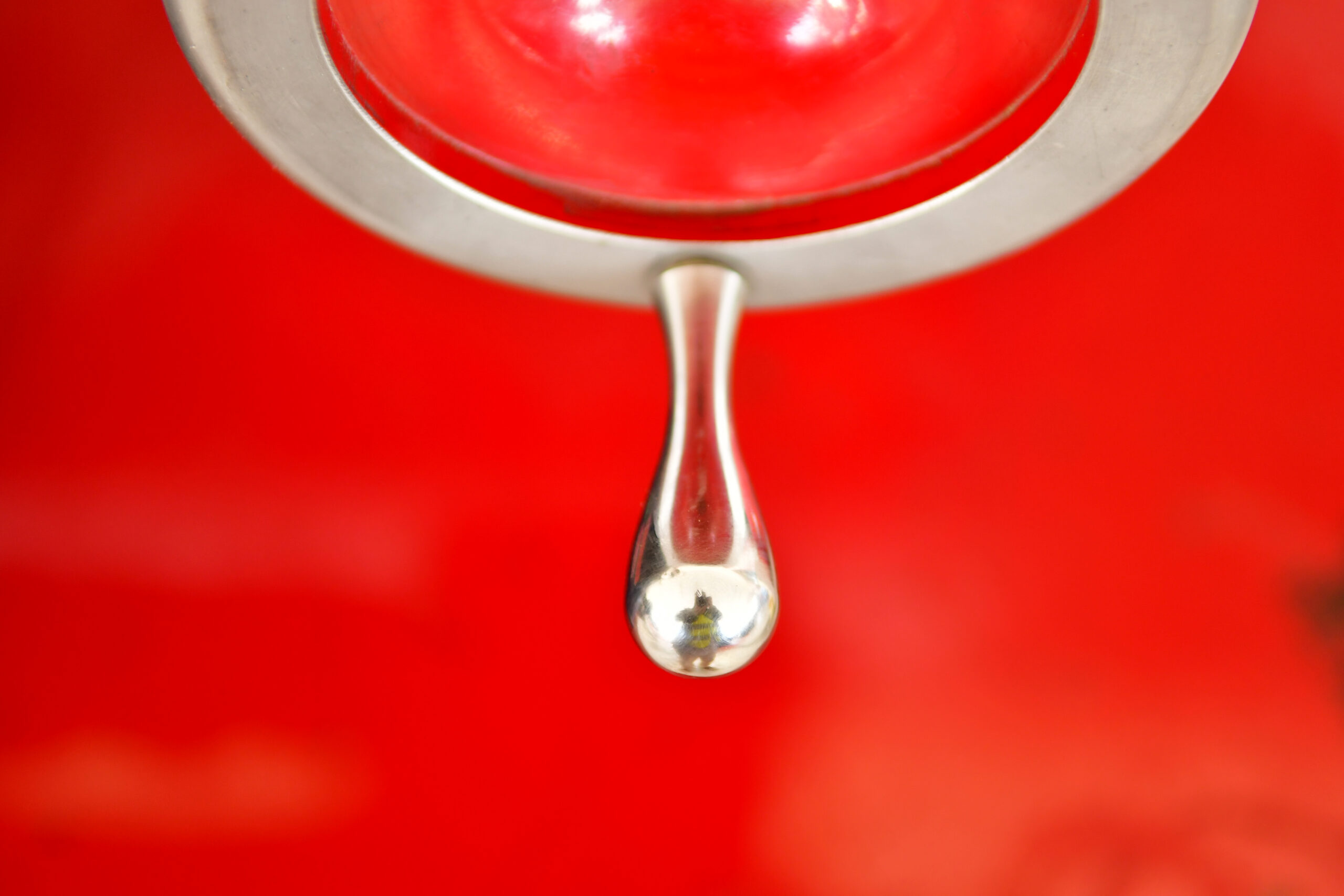Diner Grease Trap Cleaning: Maintain Your Cookhouse Spotless
Have you ever peered below the facade of your restaurant’s galley? Many owners overlook the crucial necessity of servicing fat catchers. These interceptors are essential in avoiding the accumulation of grease, oils, and oils (FOG) that can create drain troubles, foul scents, and expensive fixes. Correct upkeep not only meets sanitation rules but also enhances performance. A regular cleaning schedule, backed by a trustworthy fat catcher maintenance, is key to preventing these complications and guaranteeing a safe, clean space for staff and customers alike.
Grasping the Significance of Oil Interceptor Maintenance
Maintaining a grease pit cleaning clean is essential for any food service kitchen’s smooth operation. It collects fats, fluids, and fat (FOG) before they enter the wastewater system. This action not only protects pipes but also adheres to commercial kitchen regulations. These rules secure public health by requiring proper grease management.
The Purpose of Grease Traps in Food Service Kitchens
In a busy restaurant, oil interceptors are essential. They prevent clogs in plumbing, avoiding drain troubles. Functional oil interceptors improve water flow, avoid expensive fixes, and help avert closures due to cleanliness infractions.
Sanitary and Environmental Consequences of Unkept Fat Catchers
Neglecting oil interceptors can lead to sanitary hazards. FOG accumulation encourages bacteria growth, resulting in bad odors and unsanitary conditions. This can lead to sanitation breaches, damaging a diner’s standing and client confidence. Furthermore, it poses ecological dangers by harming water bodies, affecting animals and habitats.
Meeting Standards and Likely Charges for Dinert
Adhering to food service guidelines is essential for diner managers. Health departments set strict standards for oil interceptor upkeep and hygiene. Not meeting these standards can cause reviews and fines, substantially hitting a eatery’s revenue. Routine maintenance of fat catchers aids avoid these problems, guaranteeing adherence and avoiding penalties.
Eatery Fat Catcher Upkeep: Optimal Methods
Effective fat catcher servicing is crucial for cookhouses to function properly. Understanding when to service fat catchers and noticing symptoms of a need for immediate attention is essential. This awareness assists avoid costly pipe problems and guarantees compliance with cleanliness rules.
Cleaning Schedule According to Kitchen Operations
The need for oil interceptor upkeep varies with the category and volume of food prepared. A typical rule advises maintaining when the interceptor is 25% full of fats, oils, and grease (FOG). Cookhouses managing substantial quantities of fried or fatty foods may necessitate more frequent cleanings. Regular checks assist arrange regular maintenance, control oil accumulation, and boost proper galley performance.
Signs Your Grease Trap Needs Immediate Attention
Recognizing indications of grease buildup can avert upcoming issues for diners. Crucial symptoms involve:
-
Lagging drainage: If fluid flows sluggishly, it indicates there’s a blockage.
-
Foul odors: Bad smells typically indicate there’s too much FOG in the interceptor.
-
Visible grease in sinks: Seeing grease in troughs needs prompt attention.
Handling these signs promptly through consistent oil checks and maintenance assists keep kitchens hygienic and avoids pipe problems.
Expert vs. Do-It-Yourself Oil Interceptor Upkeep
Choosing between Do-It-Yourself and specialist fat catcher maintenance is a crucial consideration for diner managers. Some might choose DIY to reduce expenses, but the oil interceptor’s intricacies pose notable hazards. It’s vital to comprehend the maintenance intricacies to comply with sanitation guidelines and ensure trap functionality.
The Nuances of Fat Catcher Servicing
Fat catchers are essential in kitchens, catching grease, fluids, and grease before they reach the plumbing. Self-service upkeep might overlook crucial steps, resulting in clogs or overflows. Essential skills include understanding the interceptor’s details, opening and maintaining it adequately, and employing the correct chemicals. These knowledge demand experience and instruction.
Pros of Using Oil Interceptor Cleaning Service
Employing experts for fat catcher maintenance offers major advantages that exceed DIY costs. They employ specialized equipment for enhanced servicing. Their expertise guarantees regulatory compliance. Major benefits comprise:
- Thorough cleaning that removes all buildups.
- Routine service plans to avert emergency situations.
- Boosted functionality of grease traps, resulting in reduced expenses.
- Specialized knowledge in maintaining fat catcher nuances.
| Aspect | DIY Grease Trap Cleaning | Professional Maintenance Services |
|---|---|---|
| Cost | Initial savings, but potential long-term costs due to incorrect servicing. | Greater initial expense, but savings over time through proper upkeep. |
| Expertise | Restricted skills may result in wrong servicing. | Experienced technicians secure complete and correct servicing. |
| Equipment | Standard tools may not be enough for effective cleaning. | Advanced tools ensures comprehensive and effective maintenance. |
| Compliance | Risk of non-compliance with sanitation guidelines. | Aids in conformity to area guidelines, avoiding fines. |
While do-it-yourself oil interceptor upkeep may look expense-cutting, using specialists is often the better decision. It guarantees the health and performance of a restaurant’s kitchen operations.
Fat Catcher Servicing Suggestions
Optimizing oil interceptor handling is essential to a tidy cookhouse. Identifying your interceptor and its maintenance needs is the first step. This knowledge enables efficient methods, enhancing FOG management and stopping blunders that lead to major troubles.
Identifying Your Grease Interceptor and Its Servicing Demands
Begin by recognizing your catcher’s kind and size. Different models change in size and demand unique servicing. Consistent reviews are essential for upkeep and preventing buildup. Monitoring FOG levels aids avoid overflow and guarantees the catcher operates efficiently. A upkeep plan that matches your cookhouse activities helps prevent neglect.
Common Mistakes in Grease Interceptor Management
Many establishments cause blunders that damage their fat catchers. Overlooking checks can lead to blockages or spills. Using harsh chemicals for removal damages traps and requires pricey maintenance. Concentrating on adequate management and complying with public health rules aids kitchens remain eco-friendly.
| Common Mistakes | Consequences |
|---|---|
| Ignoring routine reviews | Greater likelihood of obstructions and backups |
| Bad oil removal methods | Environmental fines and hurt to traps |
| Employing strong agents | Compromised interceptor functionality |
| Ignoring interceptor capacity | Regular spills and upkeep issues |
Avoiding these mistakes and applying adequate servicing strategies maintains grease interceptors in optimal state. This secures a spotless, regulation-adhering cookhouse for eateries.
Additional Cleaning Services for a Sanitary Galley
When it comes to servicing a sanitary galley, options aside from fat catcher maintenance are vital. Utilizing professional cookhouse upkeep secures total galley servicing. This involves galley grease management and duct servicing.
Expert Galley Grease Management
Kitchen degreasing is vital for safety and efficiency in cooking areas. It avoids greasy tiles, lowers blaze hazards, and promotes a better food prep area. Effective methods comprise:
-
Intense Water Spraying: Intense fluid jets for comprehensive washing rigid zones.
-
Heat and Chemical Treatments: Thermal methods and specific products for removing tough grease.
-
Manual Scrubbing: Manual brushes and cleaning agents for designated spots.
Importance of Kitchen Exhaust Cleaning
Comprehending the significance of exhaust cleaning is crucial for a secure cookhouse. Consistent maintenance of exhaust hoods and ducts lowers blaze hazards and enhances environmental health. The benefits are varied:
-
Burn Protection: Getting rid of fire-prone fat deposits significantly reduces blaze threats.
-
Improved Air Quality: Properly serviced ducts boost the well-being of the culinary space.
-
Adherence to Rules: Complying with public health regulations protects your establishment from fines.
| Service | Benefits | Frequency |
|---|---|---|
| Kitchen Degreasing | Avoids falls, enhances machinery durability | Monthly |
| Exhaust Cleaning | Diminishes burn threats, boosts air cleanliness | Quarterly |
Smooth cookhouse activities necessitate a focus on sanitary strategies. Hiring professional cleaning services boosts safety and creates a positive environment for employees and customers alike.
Choosing the Right Grease Trap Pumping Service
Opting for the best fat catcher maintenance is essential for effective kitchen management. It’s important to seek services with the appropriate certifications and a reputation of trustworthiness. Expert upkeep companies with good customer feedback give information into their performance and customer-centric approach.
A trustworthy fat catcher maintenance must adhere to local regulations and emphasize green strategies. Collaborating with service pros dedicated to top upkeep can improve your grease management solutions. This approach secures better cookhouse functions and reduces the risk of health violations.
Creating a lasting relationship with dependable specialist companies can ease fat disposal and shield your establishment from plumbing issues. By looking at these vital aspects, you can keep your kitchen running efficiently. This secures that fat catchers are upkept and cleaned as needed.


